Do you want to add herbs to your garden for an extra boost of flavor and added health benefits? You can create the perfect herb garden by understanding which plants grow best together. Knowing what herbs pair well with each other is essential for a successful gardening experience, and will help keep your garden in its ideal settling order. Plant compatibility plays a huge role in which herbs successfully thrive when grown next to each other. By learning more about what herbs go well together, you can get the most out of growing them in your own garden!
What Are the Types of Gardens?
Gardens come in a wide variety of shapes, sizes, and types. Here are some of the most popular kinds of gardens:
- Vegetable Garden: A vegetable garden is one of the most common types of gardens. It typically features vegetables as its main crops. These can include anything from lettuce and tomatoes to peppers and eggplants. Some people also use their vegetable garden to grow herbs like parsley or basil too!
- Flower Garden: It is a beautiful way to decorate your outdoor space with vibrant color and texture! This type of garden usually includes annuals, perennials, and even bulbs that bloom throughout the spring, summer, and fall seasons. Many flower gardens also include shrubs and trees for year-round foliage.
- Herb Garden: An herb garden is a great way to grow herbs for culinary and medicinal purposes. This type of garden includes perennials, annuals, and even some vegetables that are primarily grown for their flavor or healing properties. Many people also use herbs from their gardens in aromatherapy treatments too!
- Container Garden: It is perfect for small spaces or balconies since its plants can be grown in containers instead of directly in the ground. Containers come in all shapes and sizes, so you can find something to fit any space or aesthetic preference!
- Water Garden: They allow you to bring a little bit of nature into your outdoor space. This type of garden features aquatic plants and blooms that thrive in water, as well as fish or other small creatures. [1]
How to Start a Garden?
Once you’ve decided what type of garden you want to create, the next step is to prepare the soil. Start by removing any existing vegetation and weeds from the area. Dig up the soil and turn it over so that fresh nutrients can be brought up to the surface. If needed, add organic compost or fertilizer into your soil to create a nutrient-rich environment for your plants. You may also need to amend the pH level in your soil depending on the kind of plants you are growing.
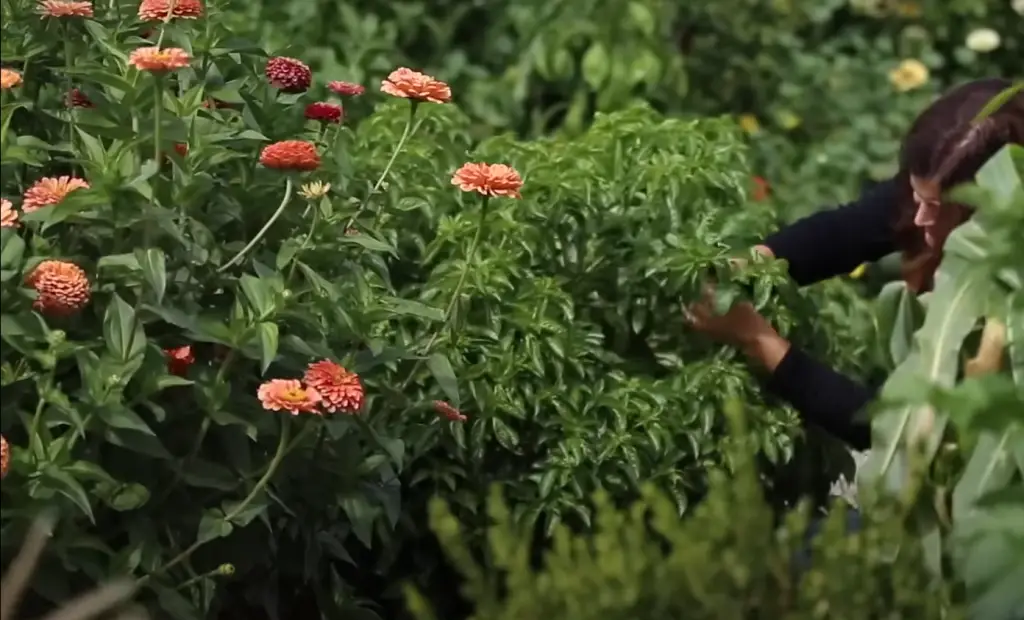
The next step is to decide which plants you’d like to grow in your new garden. Consider which types of vegetables or flowers best align with your climate and sun exposure. Planting varieties that thrive in similar conditions will help ensure that your garden flourishes.
Before planting, you should also create a plan of where each type of plant will go. This way, you can easily determine how much space you’ll need for each type of vegetable or flower and arrange the plants appropriately.
Once everything is planned out, it’s time to start planting! Make sure to read any instructions that come with your seeds or seedlings before planting. Then dig holes in the soil about twice as deep as the root ball and place them in the ground firmly but gently. Water them after transplanting and continue to water regularly for optimal growth.
With a little bit of planning and preparation, you’ll have a beautiful garden in no time! Enjoy your new outdoor space and the fruits of your labor. [2]
What to Take Care of Before Planting Plants?
Before planting any plants, it’s important to take the following considerations into account:
- Select the right type of plant for your climate and location: Different varieties of plants have different requirements when it comes to temperature, sunlight, water, and soil types. Selecting a variety that is suitable for your location will ensure that your plants thrive.
- Prepare the soil: Before planting, make sure to prepare the soil correctly by adding nutrients and compost if necessary. Adding fertilizer can help provide essential nutrients and help promote healthy growth in your plants.
- Choose an appropriate area: The location of your plants should be taken into consideration as well. Make sure that they are not too close to air conditioning or heating vents, or close to an area where they may be exposed to extreme temperatures.
- Consider water needs: Different plants require different amounts of water in order to thrive. If the soil is dry, it’s important to make sure that your plants have enough water to survive and grow properly.
- Monitor your plants regularly: After planting, it’s important to monitor your plants frequently so that you can spot any issues early on and take care of them quickly. Regularly checking for pests and diseases will help keep your garden healthy and happy! [3]
What Is Companion Planting and Why Bother?
Companion planting is a centuries-old gardening method of strategically placing two or more different plants near each other. The idea is that certain combinations of plants can help each other to grow better, attract beneficial insects and repel harmful pests, improve soil fertility, and even ward off disease. Companion planting also makes efficient use of space by combining plants with similar growing requirements in close proximity.
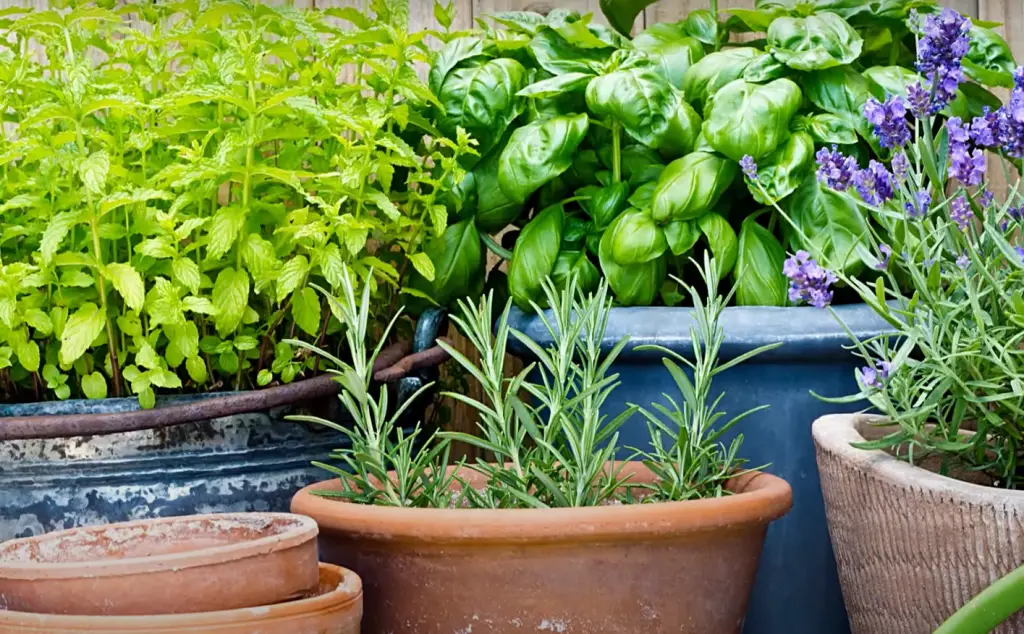
There are many benefits to companion planting. One way in which it helps is by attracting helpful insect predators such as ladybugs and lacewings, which feed on destructive garden pests like aphids and mites. Planting flowers such as marigolds has proven effective at deterring chewing pests like root maggots from laying their eggs in nearby vegetable plantings.
The interplanting of vegetables and flowers in the same garden bed is another popular form of companion planting. This type of arrangement provides a visual appeal to the garden while also attracting beneficial pollinators like bees and butterflies that can help boost fruit production from nearby vegetables such as cucumbers, squash, and tomatoes. Additionally, by mixing different vegetables together in a densely planted space, it reduces competition for water and nutrients between them so they can all grow better and healthier.
Finally, companion planting has been known to improve soil fertility over time by maintaining a diverse population of microbes living in the soil around each of the plants. This helps to break down organic matter more quickly, improving water retention and aeration of soil while also helping to reduce weed growth in the garden. [5]
What Are the Advantages of Growing Herbs?
The advantages of growing herbs are many and varied. Herbs not only add flavor to our food, they can also have therapeutic properties that help us stay healthy. Growing herbs at home offers a number of other advantages over purchasing them from a store or farmer’s market:
- Freshness – When you grow your own herbs, you can be sure that the plants are picked fresh and never treated with chemicals or pesticides. You don’t need to worry about supermarket-bought herbs being contaminated with residues from insecticides, fungicides, and herbicides. This makes homegrown herbs much healthier than those sold in stores.
- Cost Savings – The cost savings associated with growing your own herbs is substantial. A packet of seeds or a small starter plant will cost much less than purchasing enough herbs to last an entire season from the grocery store. Furthermore, you don’t need to worry about buying more herbs when your supply runs out – just go outside and pick some more!
- Variety – Growing herbs gives you access to a greater variety of flavors and textures than what is typically available in stores. You can experiment with different combinations of herbs and create unique dishes that are tailored to your own taste preferences. [6]
- Easy Maintenance – Most herbs require minimal maintenance and care, so they are ideal for novice gardeners who don’t want to spend all their time tending to plants. Additionally, since many aromatic varieties are perennial, you don’t have to replant them each year.
- Aromatic Ambiance – Finally, growing herbs in your garden adds a wonderful aromatic ambiance that can be enjoyed by everyone in the family. The scents of rosemary, lavender, and basil will fill the air and make for a truly refreshing experience. [7]
15 Herb Combinations for Gardening
Herbs are a great addition to any garden. They can add flavor and texture to dishes, be used for medicinal purposes, or simply provide an aromatic presence in the garden.

Here are 15 of the best companion herbs you should plant today! They have their own special characteristics and at the same time grow perfectly together. Let’s learn more about the peculiarities of their growing behavior:
Basil and Parsley
These two herbs love the sun, so they are perfect for a sunny spot in your garden. They both have strong flavors that can be used to add zest to any dish.
Oregano and Rosemary
These two herbs make an amazing pair because oregano has a lighter flavor that complements rosemary’s more intense taste. They do well in a pot, but also thrive in dry sunshine.
Thyme and Mint
If you want to bring a touch of Mediterranean flair into your garden then growing these two together is ideal! Thyme has a woody texture while mint has sweet undertones – a perfect pairing!
Lavender and Sage
These two herbs are known to be calming and soothing. Planting them together will give you an amazing scent in the garden, but also a culinary benefit. They can be used in all sorts of dishes to add depth of flavor.
Chives and Parsley
This combination is great for adding texture and color to your garden! Parsley has a sweet flavor while chives have a mild onion-like taste that can complement any dish.
Bay Leaves and Oregano
If strong flavors are what you’re after then this herb combo is ideal! Both bay leaves and oregano pack quite a punch so they can easily jazz up the plainest meal with their intense aromas.
Dill and Mint
These herbs make a great pair because they both like moist soil and can grow well together in the same space. The dill leaves are feathery and light while the mint is more intense, providing a nice balance of flavors.
Marjoram and Thyme
Both these herbs prefer dry conditions so planting them together is ideal if you have an area with limited water resources in your garden.
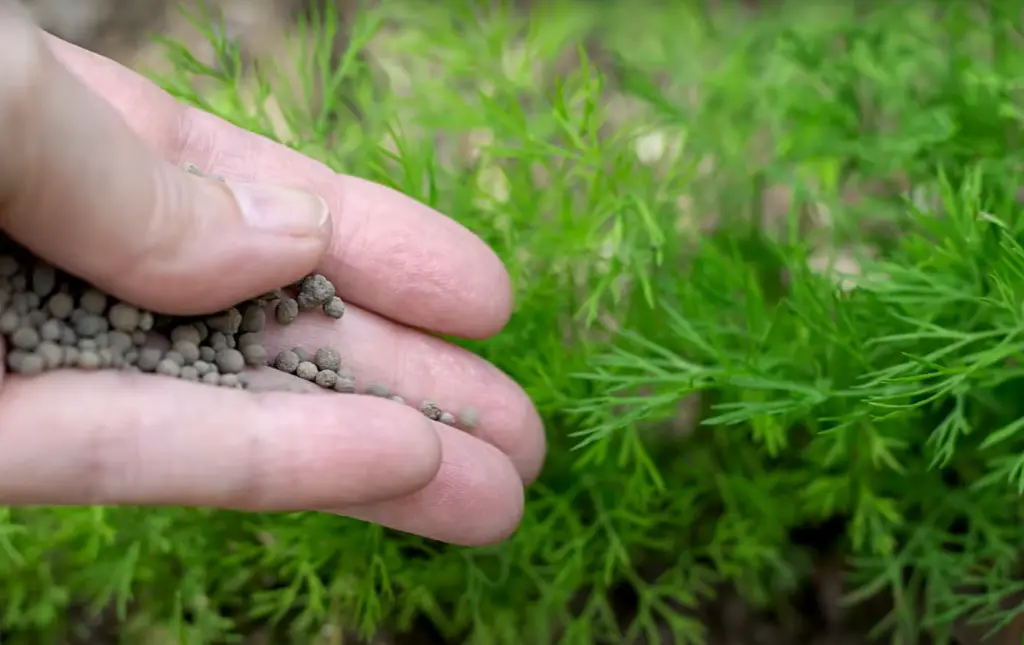
They also share a subtle taste that’s perfect for adding depth to dishes without overpowering them!
Lemon Balm and Rosemary
Although they prefer different growing conditions (lemon balm likes moisture while rosemary thrives in dry soil) these two herbs make a great pair. The sweet lemon balm aroma complements the strong flavor of rosemary perfectly, making it an ideal herb combination.
Basil and Chives
This is one of the most classic herb combinations and for good reason! They both love the sun and can be used to add flavor to all sorts of dishes. Their flavors complement each other nicely, creating an amazing balance on your plate.
Chervil and Parsley
These two herbs may look similar, but their flavor profiles are quite different. Chervil has a mild anise-like flavor while parsley is slightly bitter, making them a great pair in the garden and on your plate!
Coriander and Garlic Chives
This combination works well together because coriander has a strong citrusy flavor while garlic chives have a more subtle garlicky taste. They make a great team because their flavors complement each other nicely without overpowering the dish.
Tarragon and Thyme
Tarragon is known for its sweet licorice aroma that pairs perfectly with thyme’s earthy taste. Together they make an ideal combination to add a bit of sweetness and depth to your cooking!
Sage and Marjoram
These two herbs both like full sun and are perfect for flavoring dishes with their earthy aromas. The sage has a slightly woodsy flavor while the marjoram is sweet – making them a great pair for adding complexity to any dish.
Dill and Parsley
This combination makes an amazing addition to salads, omelets, or any other dish that needs some textural interest.

The feathery dill leaves provide crunch while the parsley adds a mild flavor – it’s a match made in heaven!
What Herbs Will Grow in One Pot?
There are many herbs that can be successfully grown in one pot. Some popular examples include oregano, cilantro, parsley, mint, basil, rosemary, chives, thyme and sage. For a slightly different flavor twist, try growing fennel or dill in your pot as well.
For those who live in warmer climates where the temperatures remain above freezing year-round, it’s possible to even grow more tropical herbs like lemongrass or kaffir lime leaves in pots. [8]
Also consider using companion plants such as nasturtiums to naturally deter insect pests from attacking your herbs.Be sure to give the pot plenty of sunlight and water as needed, taking care not to let it dry out completely between watering. Depending on your climate, you may need to bring the pot indoors during colder months or protect it from late frosts by covering it with plastic sheeting.
With a little bit of love and attention, one pot can be a great way to grow a variety of herbs for cooking and medicinal use without taking up too much space! [9]
Herbs That Prefer to Grow Alone
Some herbs prefer to be the only herb in a pot or garden. These types of herbs should not be planted too close to other plants as they can become overcrowded and begin competing for nutrients and resources, leading to weak growth. Some examples of these single-plant herbs are:
- Chamomile: This is a small, daisy-like flower that prefers full sun and evenly moist soil. It also has an incredible aroma when crushed.
- Sage: This strong, woody plant is known for its silvery green leaves and fragrant smell. Its foliage is often used in Mediterranean cooking! Sage grows best in well drained soil with plenty of sunshine.
- Rosemary: A woody perennial with delicate, needle-like foliage that is often used to flavor meats and soups. Rosemary grows best in light, sandy soils and full sun.
- Lavender: This sweet smelling herb has long been used as a perfume and culinary ingredient. It likes full sun and well drained soil with occasional watering.
- Thyme: A small, woody herb that is known for its flavorful leaves. It requires full sun and well drained soil with occasional watering. [10]
Additional Tricks for a Thriving Herb Garden
Rotate and stagger plants
Rotating different types of herbs each season helps to enrich the soil with nutrients and also prevents a single pest from wiping out your entire garden. Staggering when you plant can also help reduce pests because they will be confused as to where their food source is located.
Water consistently
Make sure that your herb garden gets enough water during the growing season, but don’t overdo it.
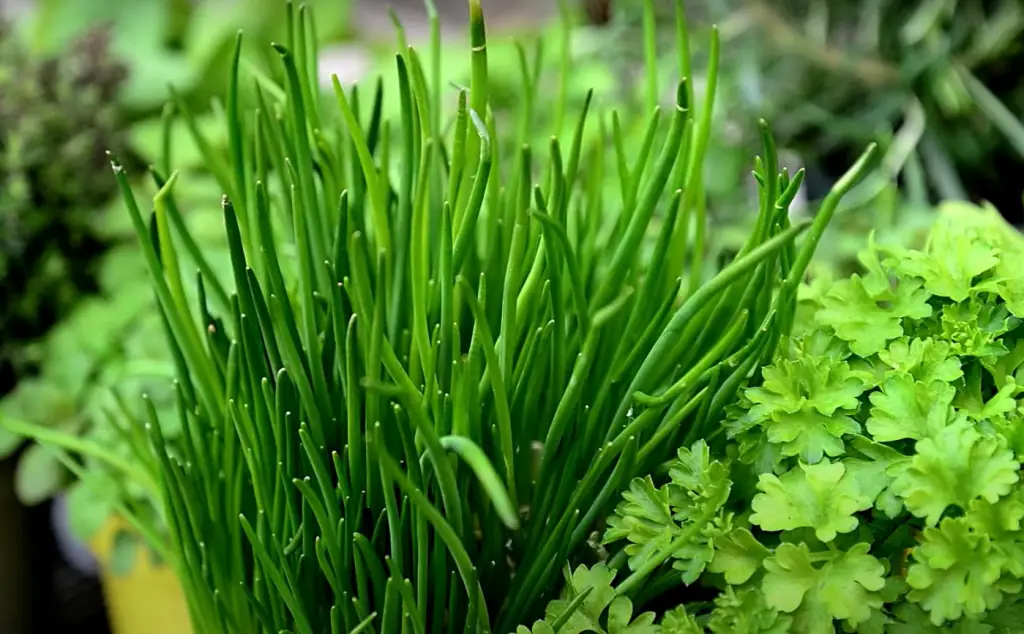
Too much water can cause root rot in some herbs, so be careful not to overwater or let standing water accumulate near the roots.
Use companion planting
Certain herbs are natural companions and thrive when planted together. Parsley, dill, and coriander all work well together in the same garden, as does basil and oregano.
Cut back to promote growth
Pinching off a few leaves from the top of your herbs can actually help them grow more branches, thus producing even more delicious herbs for you to enjoy.
Harvest often
Herbs are at their most flavorful when harvested just before they bloom. Regularly snipping off small amounts of leaves will encourage the plant to produce new growth, giving you a continual supply of fresh herbs throughout the season.
Keep weeds under control
Weeds can compete with your herbs for sunlight, water and nutrients, so be sure to keep them under control with regular weeding or mulching around your herb plants.
Provide adequate sunlight
Depending on the type of herbs you’re growing, most will need at least six hours of direct sunlight each day. If you’re growing shade-loving herbs like mint or sweet woodruff, make sure they get only partial sun.
Protect from harsh weather
Cold winter temperatures can kill some herb varieties, so be sure to cover them up with a layer of mulch if your climate is prone to frigid winters. Hot summer temperatures can also dry out and burn your delicate herbs, so plan accordingly and provide enough shade when needed.
Fertilize sparingly
Herbs don’t typically need a lot of fertilizer since they thrive in nutrient-poor soil. If you do need to add a bit of fertilizer, be sure to use something that’s organic and specifically formulated for herbs. [11]
Is Awareness in Friends and Enemies of Plants Matters?
Plants are well-connected with the environment, so it is important for us to be aware of the benefits and drawbacks that friends and enemies of plants can bring to our natural ecosystems. Friends of plants help protect them from environmental stressors such as drought, disease, predation, and poor soil conditions. They also provide essential nutrients, improving plant growth and productivity.
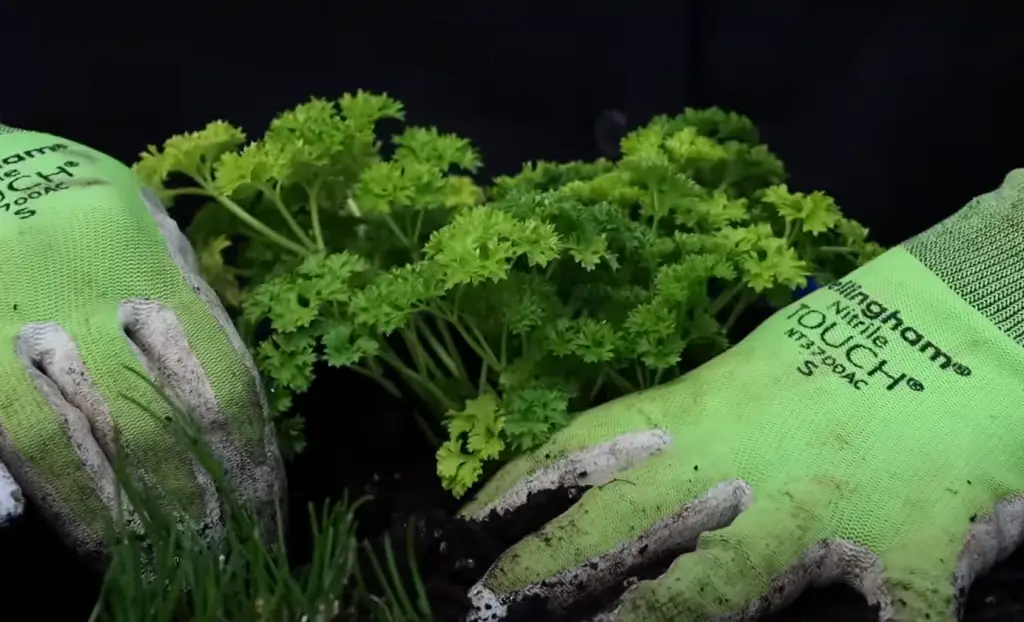
In contrast, enemies of plants can cause significant harm by damaging or killing individual plants or entire populations. Therefore, we must develop a better understanding of which species or organisms may pose a threat to our local plant communities in order to protect them from unnecessary damage.
There are many different types of “friends” that contribute positively to the health of plants: pollinators like bees, beneficial insects that consume pests, and animals like birds and other wildlife that disperse seeds or eat fruits. Additionally, plants can benefit from a nearby presence of their own kind, as they may collectively help each other to better survive drought or other stressful conditions.
Conversely, enemies can range from diseases caused by fungi or viruses to herbivores such as rabbits or deer that feed on plant tissue. It is important to recognize the diverse array of life forms that interact with our local plants so we can properly identify potential threats and take action accordingly.
FAQs
Can rosemary and thyme be planted together?
Yes, they can be planted together. These herbs are both suitable for growing in the same area, as they require similar soil and sun conditions. They make a great addition to any garden or outdoor planting project! For best results, ensure that each herb has enough space between them so they can receive plenty of sunlight and airflow. Additionally, be sure to water your plants regularly and fertilize the soil to keep them healthy and thriving. With proper care, you will have a fragrant and flavorful combination of herbs all year round.
What herbs and flowers go together?
Herbs that pair well with flowers include basil, chives, thyme, sage, oregano, lavender, rosemary and mint. Each herb adds a unique flavor to your garden. Basil is a great addition to any flower bed adding its sweet pungent aroma. Chives provide delicate purple blooms perfect for borders or edging around beds of other flowers. Thyme has a delightful lemony scent and can be planted among other herbs and flowers such as roses.
Can I plant all my herbs together?
No, it is not recommended to plant all your herbs together. Different herbs have different needs when it comes to soil type, moisture levels, temperature, light exposure, and other environmental factors. Planting them too close together can lead to competition among the plants for resources such as water and nutrients.
What cannot be planted next to mint?
It is not recommended to plant mint next to basil, rosemary, and oregano. These plants can compete for resources or cross-pollinate with one another. Additionally, do not plant it near vegetables like tomato, broccoli or cabbage as the strong scent could inhibit their growth.
Useful Video: Which Herbs To Plant Together | 10 Common Herbs Companion Planting
The Bottom Line
If you’ve never tried companion herb planting before, take the dive and give it a go! With a bit of research and common sense, you can learn the secrets of companion planting to create harmonious gardens. The fun and tactile process of getting your hands in the soil to sow seeds is also incredibly rewarding. Not only will you have delicious herbs to harvest, but also striking visual displays. By selecting companion planting combinations wisely, you will be giving each plant an extra boost of nutritional benefits, making them even healthier. For your own garden’s special ecosystem that gives back – try combining different herbs, because sometimes two (or more) really is better than one!
References:
- https://www.urbanmali.com/blogs/wisdom/types-of-garden
- https://www.masterclass.com/articles/how-to-start-a-backyard-garden
- https://www.thesill.com/blog/top-ten-plant-care-tips
- https://www.milorganite.com/blog/garden-landscape/what-is-companion-planting
- https://minnetonkaorchards.com/companion-planting/
- https://www.escoffier.edu/blog/culinary-arts/5-benefits-of-growing-your-own-herbs/
- https://mylittlegreengarden.com/5-benefits-of-growing-your-own-herbs/
- https://www.bhg.com/gardening/vegetable/herbs/best-herbs-to-plant-together/
- https://www.gardeningknowhow.com/edible/herbs/hgen/herb-plants-growing-in-one-pot.htm
- https://environment.co/what-herbs-should-be-planted-together/
- https://www.sproutboxgarden.com/blogs/news/how-to-grow-herbs





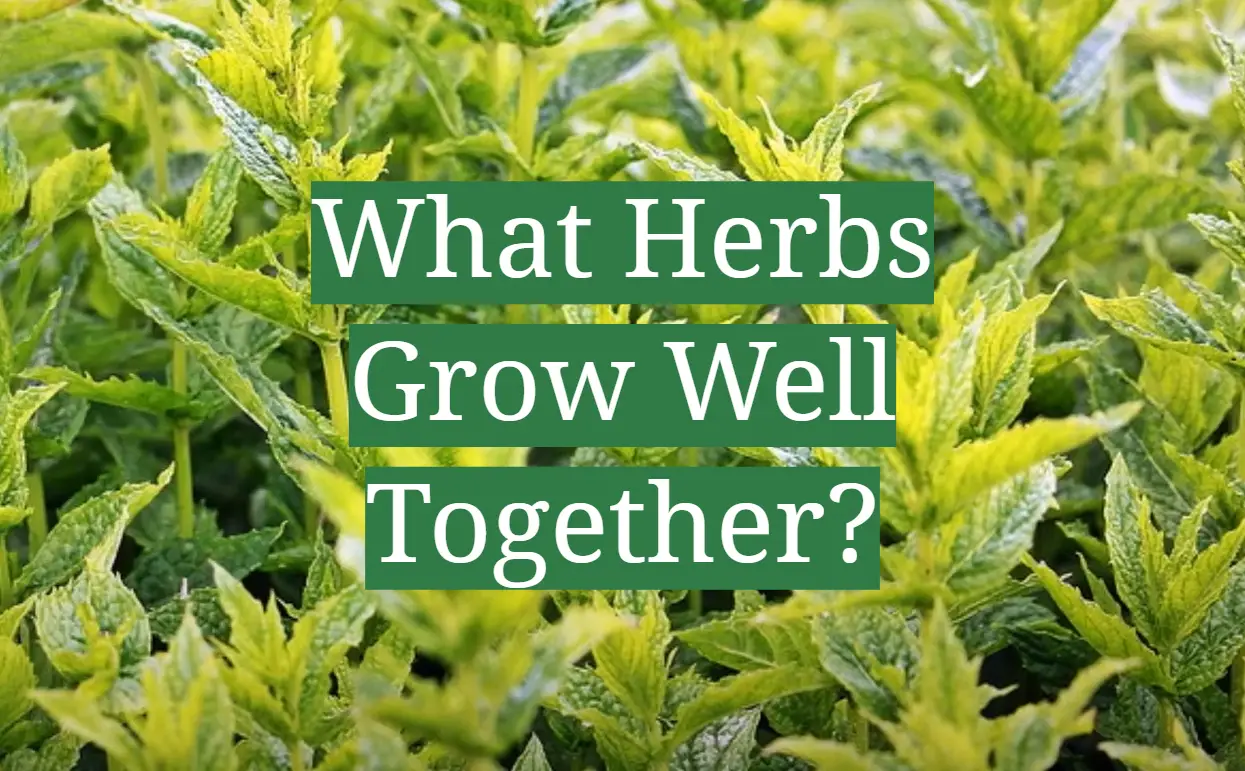




Leave a Reply
View Comments